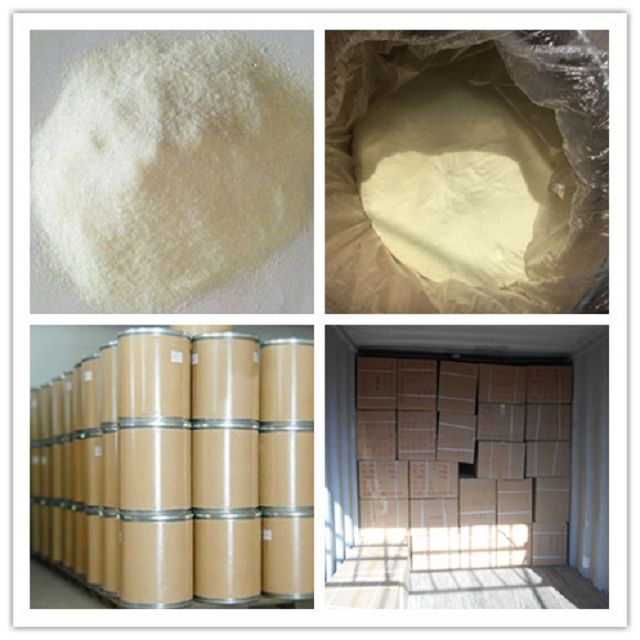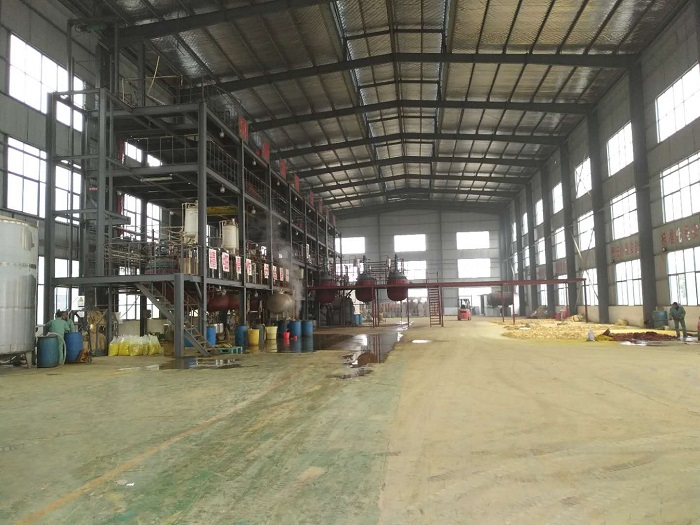Nankai University revealed on the 13th that Professor Chen Yongsheng’s team has made breakthroughs in the research of organic solar cells. They used a complementary light-absorbing strategy of oligomer materials to construct a stacked organic solar cell device with broad spectral absorption characteristics, achieving a photoelectric conversion efficiency of 12.7%, which is currently reported in the literature for the photoelectric conversion of organic/polymer solar cells. The highest world record of efficiency.
Organic solar cells are organic, including high-molecular materials, which have photosensitizing properties, as semiconductor materials, generate voltages through photovoltaic effect, and then form currents to realize solar power generation. As one of the effective ways to solve the problems of environmental pollution and energy crisis, it is far superior to traditional solar cells in terms of low cost, high flexibility, simple process, and environmental friendliness.
It is precisely for this reason that the substantial increase in photoelectric conversion efficiency is a key challenge for scientists from all over the world. This issue also directly determines whether organic solar cells can be taken out of the laboratory and widely used in human production and life. However, since the birth of the first organic solar cell device in 1958, it has taken humans nearly 60 years to increase its photoelectric conversion efficiency to 10%. Today, this figure is refreshed by the Chinese team of Professor Chen Yongsheng.
“As an emerging frontier research field, the dramatic increase in energy conversion efficiency of organic solar cells has been mainly attributed to the design and development of photoactive layer materials and the continuous optimization of device structures in recent years,†said Chen Yongsheng.
Over the years, Prof. Chen Yongsheng has conducted a systematic and systematic study on the selection and construction process of organic photovoltaic device materials, developed a series of highly efficient oligomer-based molecular active layer materials that can be solution-treated, and achieved more than 10% in 2015. The photoelectric conversion efficiency.
Considering the requirements of industrialization, the use of active materials with different spectral absorption ranges for the preparation of stacked photovoltaic devices is one of the effective strategies for further increasing the photoelectric conversion efficiency. Based on this idea, the team researchers used oligomolecules/polymers as front and rear battery cells, respectively, to fabricate laminated organic photovoltaic devices with energy conversion efficiencies exceeding 11%.
Recently, Prof. Chen Yongsheng teamed up with the research team of South China University of Technology to use BDT-based oligomers and porphyrin-based small molecular materials with good complementary absorption in the visible and near-infrared regions as donor materials for front and rear cells, respectively. Highly efficient organic solar devices have been produced using solution processing methods compatible with industrial production. After process optimization, 12.7% verification efficiency was finally achieved.
The research team of the team introduced that, according to the relevant design principles, through the further optimization of materials and devices, the device's various indicators including photoelectric conversion efficiency still have much room for improvement. In the near future, it is expected to obtain more than 15% of photoelectric conversion efficiency.
Chen Yongsheng revealed that in the next step, the team will mainly solve the problem of battery life and further increase the efficiency of energy conversion. It is believed that organic solar cells will truly move from the laboratory to practical applications, and the dream of commercialized production will become a reality in the near future.
It is reported that research papers introducing the research results have been published in the international top academic journal Natural Photonics. The study was strongly supported by the Chinese Ministry of Science and Technology, the National Natural Science Foundation of China, Tianjin Science and Technology Commission and Nankai University. (Zhang Daozheng Wu Junhui)
Musk Xylene is an analogue of the explosive trinitrotoluene , so it is unsurprising that its safety characteristics have been studied in some detail. Indeed, the nitro musks were first discovered in an attempt to produce new high explosives. It has also been used – albeit in very small amounts – in mass-market consumer products for the last hundred years.


Musk Xylene
Musk Xylene,Echa Musk Xylene,Ifra Musk Xylene,Musk Xylene Cas
Gan Su Original Flavor Co.,ltd , https://www.muskxylol.nl